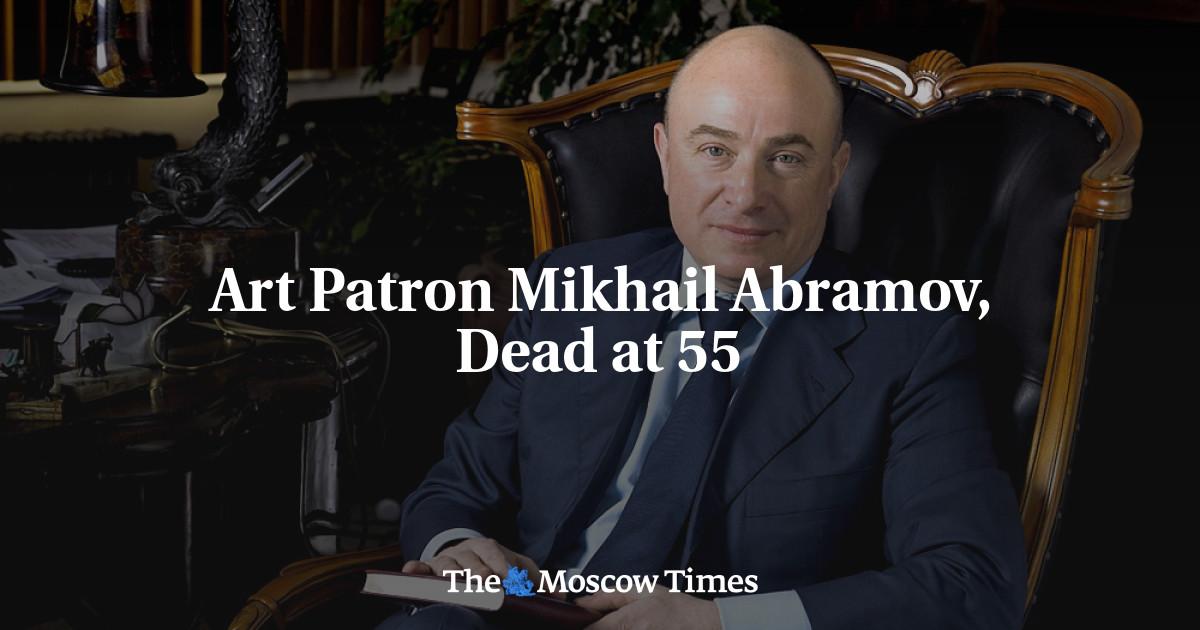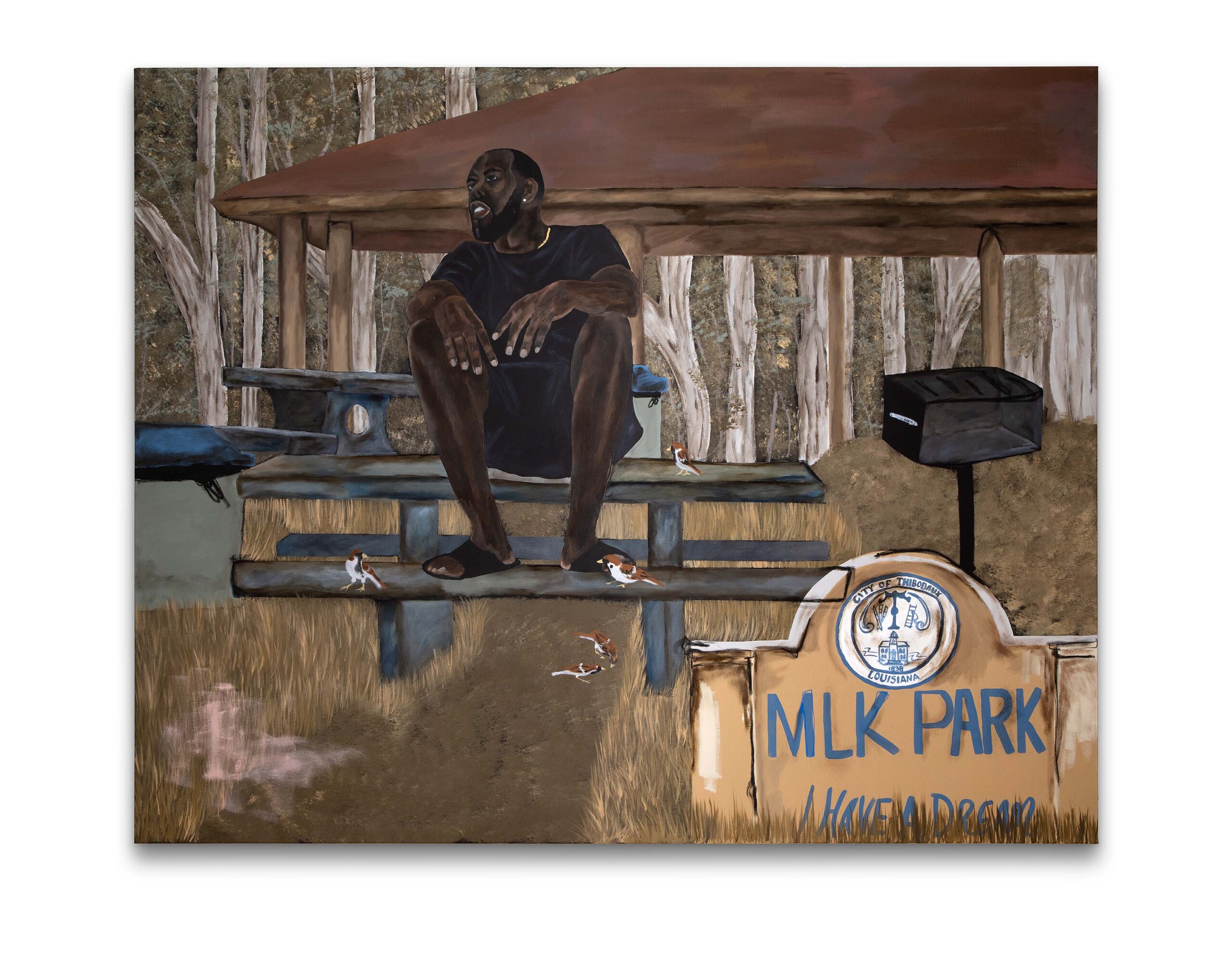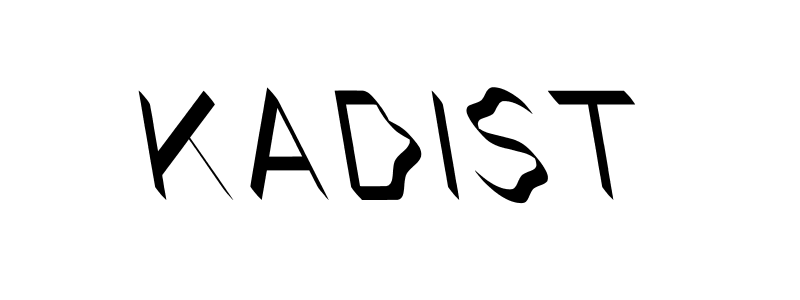Making Chinatown
2012 - Film & Video (Film & Video)
Variable dimensions
Ming Wong
Making Chinatown (2012) is a remake of Roman Polanski’s 1974 classic neo-noir film Chinatown . According to Wong, the latter is a “textbook” of Hollywood filmmaking . In Ming’s version, he plays all four main characters portrayed originally by Jack Nicholson, Faye Dunaway, John Huston, and Belinda Palmer, shooting against a backdrop of a film set reproduced as wallpaper in a gallery space. Presented as a seven-channel video installation, Making Chinatown is an immersive viewing experience with different scenarios, lines of conversation, and background music, all merged together into one space where the sense of time collapses. The ending fades to black with no reference of the original film’s site, precisely echoing the fictional nature of Chinatown as a no-place, constructed in an often-detached cultural context.
Ming Wong’s practice has a profound connection with world cinema. Constantly drawing from classic films, Wong investigates issues around identity, linguistics, translation, dislocation, and history through reenactments of well-known films. Often using a deliberately low-budget aesthetic, he restages the films by appropriating and recontextualizing the main storylines and characters. The compelling cultural imaginary created in his films brings forward and wittily satirizes the undermined codes that constitute the infrastructure of our society.
Colors:
Related works featuring themes of: » Berlin, » Singapore, » Art in Art, » Cinematic, » Contemporary Conceptualism, » Film/Video, » Singaporean
» see more

© » KADIST
Ho Tzu Nyen
2011The Cloud of Unknowing (2011) is titled after a 14th-century medieval treatise on faith, in which “the cloud of unknowing” that stands between the aspirant and God can only be evoked by the senses, rather than the rational mind...

© » KADIST
Matt Lipps
2011In the series Horizons (2010), Lipps uses appropriation to riff on Modernism’s fascination with abstract form...

© » KADIST
Vincent Leong
2012The photograph Exquisite Eco Living is part of a larger series titled Executive Properties in which he digitally manipulated the images to insert iconic buildings of Kuala Lumpur in the view of derelict spaces also found in the city...
Other related works, blended automatically
» see more

© » KADIST
Ho Tzu Nyen
2011The Cloud of Unknowing (2011) is titled after a 14th-century medieval treatise on faith, in which “the cloud of unknowing” that stands between the aspirant and God can only be evoked by the senses, rather than the rational mind...

© » KADIST
Matt Lipps
2011In the series Horizons (2010), Lipps uses appropriation to riff on Modernism’s fascination with abstract form...

© » KADIST
Mario Garcia Torres
2010In Up All Night, Waiting for the Chelsea Hotel Magic to Spark My Creativity Mario García Torres constructs and documents a hypothetical scene, situating himself within a lineage of artists and creatives that used to congregate at the historic hotel...
Related works sharing similar palette
» see more
Related works from the » 2010's created around » Berlin, Germany
» see more

© » KADIST
Haegue Yang
2010In addition to Yang’s signature drying rack and light bulbs, Office Voodoo includes various office supplies like CDs, paper clips, headphones, a computer mouse, a stamp, a hole puncher, a mobile phone charger...

© » KADIST
Mariana Castillo Deball
2015Taking archaeology as her departure point to examine the trajectories of replicated and displaced objects, “Who will measure the space, who will tell me the time?” was produced in Oaxaca for her exhibition of the same title at the Contemporary Museum of Oaxaca (MACO) in 2015...

© » KADIST
Oliver Laric
2012Oliver Laric’s video Versions is part of an ongoing body of work that has continued to evolve and mutate over time...
Related works found in the same semantic group
» see more

© » KADIST
Laura Hyunjhee Kim for Neon Was Never Brighter: A Glimpse Into the Future For the first outdoor contemporary art festival in Chinatown, San Francisco, Neon Was Never Brighter: A Glimpse Into the Future , in collaboration with Chinatown Media & Arts Collaborative (CMAC) and curator Candace Huey, KADIST San Francisco co-presents a new performance, Cosmocrane (2022) by Laura Hyunjhee Kim...

© » ARTS EQUATOR
UNHEARD: Hearing Singapore women composers loud and clear | ArtsEquator Thinking and Talking about Arts and Culture in Southeast Asia ArtsEquator Viewpoints Jamie Chan March 3, 2022 By Nicole Toh (825 words, 3-minute read) “When do women get to be heard for who we are?” That was the question raised by Rachel Lim, a Singaporean soprano and UNHEARD ’s founder at the start of the concert...









